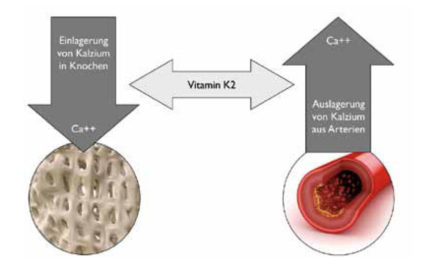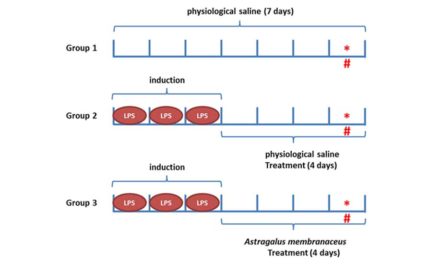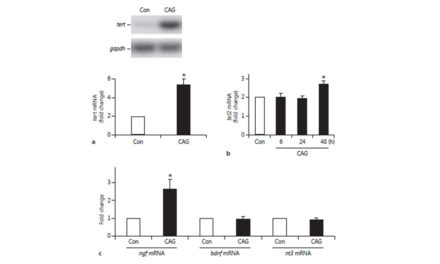Anti-Angiogenic Properties of Ginsenoside Rg3
Maryam Nakhjavani 1,2 , Eric Smith 1,2 , Amanda R. Townsend 2,3, Timothy J. Price 2,3 and Jennifer E. Hardingham 1,2,*
1 Molecular Oncology, Basil Hetzel Institute for Translational Health Research, The Queen Elizabeth Hospital, Woodville South, SA 5011, Australia; maryam.nakhjavani@adelaide.edu.au (M.N.); eric.smith@adelaide.edu.au (E.S.)
2 Adelaide Medical School, University of Adelaide, Adelaide, SA 5005, Australia; amanda.townsend@sa.gov.au (A.R.T.); timothy.price@sa.gov.au (T.J.P.)
3 Medical Oncology Unit, The Queen Elizabeth Hospital, Woodville South, SA 5011, Australia
* Correspondence: jennifer.hardingham@adelaide.edu.au; Tel.: +61-8-8222-6142
Academic Editor: Deok-Chun Yang
Received: 24 June 2020; Accepted: 21 October 2020; Published: 23 October 2020
Abstract
Ginsenoside Rg3 (Rg3) is a member of the ginsenoside family of chemicals extracted from Panax ginseng. Like other ginsenosides, Rg3 has two epimers: 20(S)-ginsenoside Rg3 (SRg3) and 20(R)-ginsenoside Rg3 (RRg3). Rg3 is an intriguing molecule due to its anti-cancer properties. One facet of the anti-cancer properties of Rg3 is the anti-angiogenic action. This review describes the controversies on the effects and effective dose range of Rg3, summarizes the evidence on the efficacy of Rg3 on angiogenesis, and raises the possibility that Rg3 is a prodrug.
(…)
Keywords
ginsenoside Rg3; 20(S)-ginsenoside Rg3; 20(R)-ginsenoside Rg3; angiogenesis; epimer









